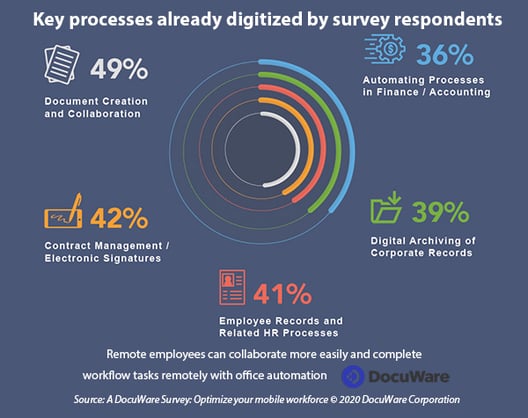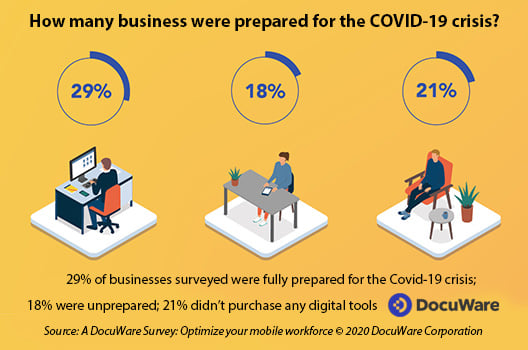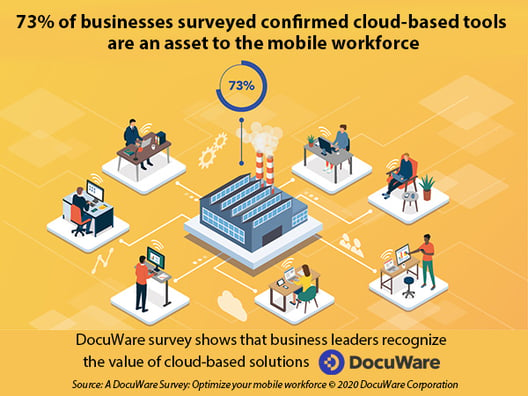The advent of COVID-19 increased the need for remote work and left many organizations scrambling to make sure that employees had the right tools to work from home (WFH). A recent survey from Keypoint Intelligence reports that 80% of employees expect to work from home after the pandemic.
Until recently, HR policies were shaped with an emphasis on developing a policy that treated everyone equally. Now the trend is to allow employees to set their own work schedules and choose how often they WFH. This shift recognizes that employees need flexibility and autonomy to reduce stress and maintain productivity even if not in an office environment.
According to research from Global Workforce Analytics, “Managers who have worked at home themselves are more likely to endorse it for others. ... As they and their people get used to using virtual tools, their worries about not being able to collaborate are proven wrong.
How prepared is your organization to support remote workers?
To understand more about how businesses responded to COVID-19, DocuWare recently polled 534 business owners and managers. Responses indicated that many companies have been slow to adapt to the needs of employees who are WFH. Only 29% of businesses surveyed reported that they were fully prepared for their employees to working from home. 18% of them felt they were mostly or completely unprepared, and 21% did not implement any tools for remote work.
There is strength in numbers
About 29% of survey respondents noted that some employees were working from home, and 30% said all employees were working from home. That's almost 60% of businesses managing a remote workforce. This is more than double from just two years ago: according to the Bureau of Labor Statistics, during 2017 and 2018 only 29% of workers even had the option to work from home, and only about 25% of them actually did.
Many of the businesses surveyed are already digitizing important processes by implementing these digital tools:

Improving technology infrastructure is on the minds of executive leadership
Organizations that updated infrastructure and policies to support work-from-home employees are benefiting from their investment. 73% of businesses surveyed said they considered cloud-based tools “very” to “extremely” valuable for managing a remote workforce during the COVID-19 pandemic.
These business leaders know that continuing productivity requires software solutions that allow employees to access critical business documents no matter where they are and enables them to complete critical workflow tasks. And the solution should scale to multiple departments to enable collaboration across the organization.
A document management system (DMS) enables business processes to run as they are intended, whether in the office or working from home. With a DMS, it’s easy to complete projects remotely, eliminate the risk of working with paper documents and easily review documents to make educated business decisions quickly. In addition, permissioned access, audit trails and advanced security protects against unauthorized transactions and cyberthreats.
The new work from home workforce is here to stay, but a smart investment in software can give teams everything they need to drive your company to new levels of success.
View the complete survey and find out how your organization compares:






